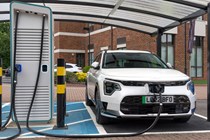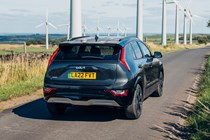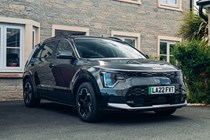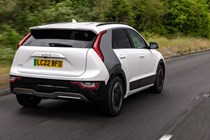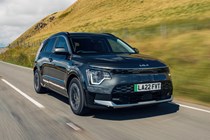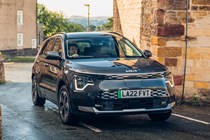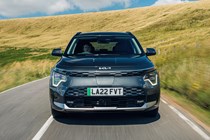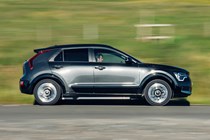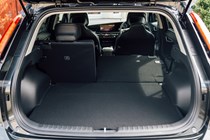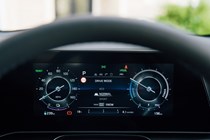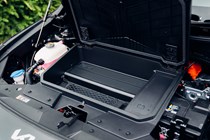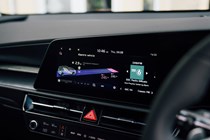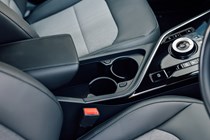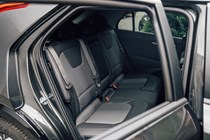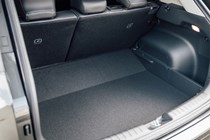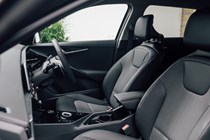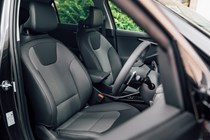Kia Niro EV running costs and reliability
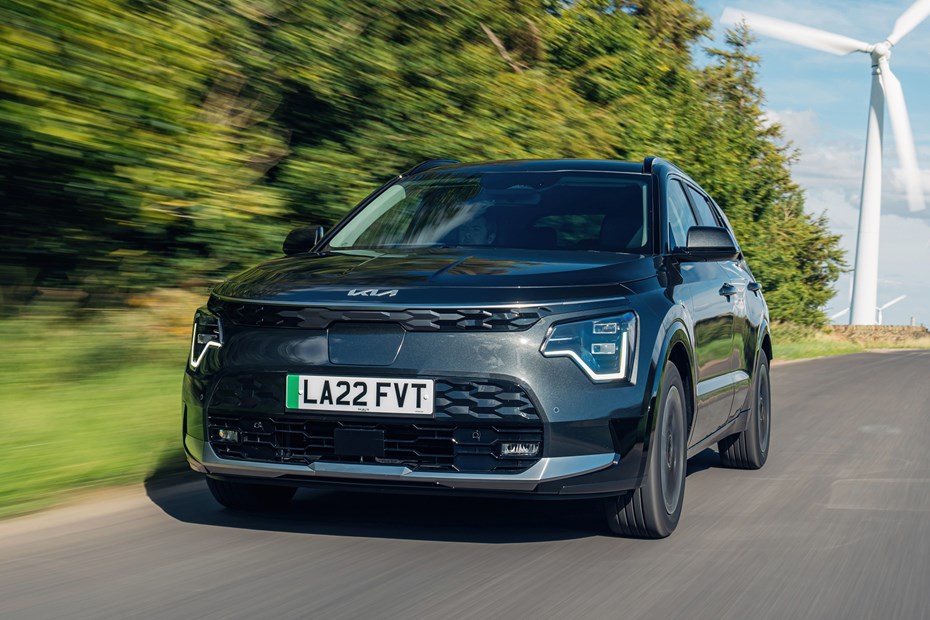
Miles per pound (mpp) ⓘ
| Electric motors, home charging | 11.2 mpp |
|---|---|
| Electric motors, public charging | 6.0 mpp |
Fuel economy ⓘ
| Electric motors | 3.8 miles/kWh |
|---|
- Claimed 285-mile range seems about right
- Charging costs should be cheaper than fuel
- Old model has exceptional reliability record
What are the running costs?
If you can stomach the higher purchase price compared to the petrol-powered Niro hybrids, the Niro EV should save you money in the long run. It should only cost around £20 to fill the car’s battery with electricity, compared to around £75 for a tank of fuel in the hybrid. Even factoring in the extra distance you’ll be able to cover on a single tank with the hybrid model, that’s still a significant saving.
The Niro EV’s biggest drawback is the charging speeds. It takes almost nine-and-a-half hours to completely fill the car’s 64.8kWh battery pack from a 7.2kW wallbox charger. If you haven’t got one of those, you’ll have to wait more than a day to charge the car from a three-pin plug.
However, if you’re thinking of buying a Kia Niro EV, a wallbox is a worthwhile investment. If you’re mainly doing local journeys (which, let’s face it, most of us are) you won’t always need to charge the Niro EV from empty to full. Get into the habit of plugging it in every time you come home and most of your charges will only be partial, which are far faster.
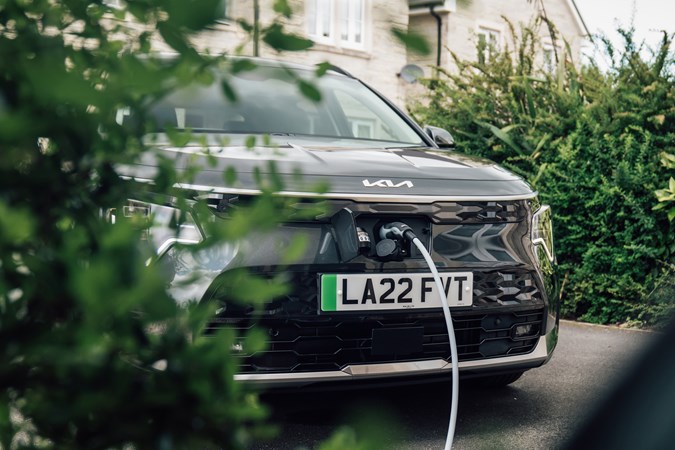
Servicing and warranty
Electric cars are a lot less complicated than petrol cars, but they still need servicing. Kia recommends that you service the Niro EV every year or every 10,000 miles, and it offers its E-Care plan to help spread the cost over as much as five years. You can also bundle the cost of your annual MOTs into the same payment plan.
Kia also offers a very competitive seven-year/100,000-mile warranty with the Niro EV. The only manufacturer that can offer a better deal than that is Toyota with its 10-year Relax package. The Niro’s paint is covered for five years, and you also get a year of roadside assistance thrown in free.
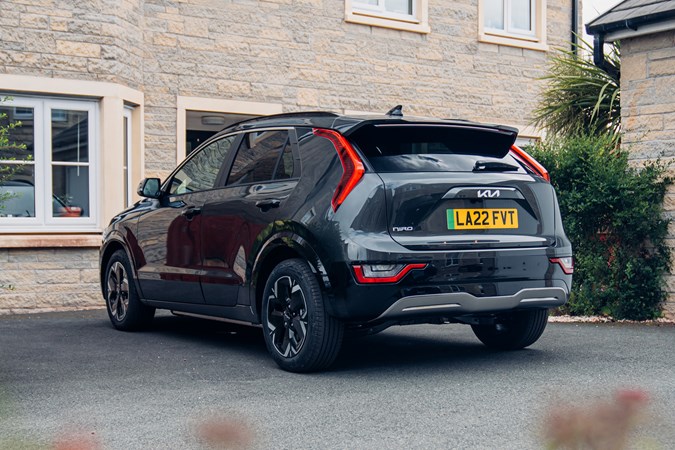
Reliability
- Previous model was bombproof
- This one shouldn’t be any different
- Backed-up by a seven-year warranty
The previous-generation Kia e-Niro is a very reliable car. It didn’t have any recalls during its time on sale – and that stands the new car in good stead, because it’s based on very similar underpinnings. Don’t forget about Kia’s seven-year warranty, as well.
Remember that the Kia Niro EV is an electric car, which means there’s a lot less to go wrong than a petrol car. Electric motors have basically just one moving part, so your biggest worry will be the battery pack failing. Thankfully, Kia covers that under warranty for seven years as well.
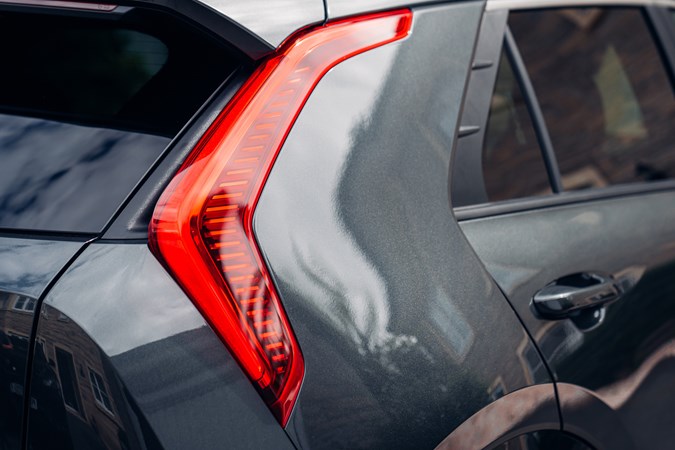
Ongoing running costs
| Road tax | £0 |
|---|---|
| Insurance group | 28 - 29 |
Get an insurance quote with

|
|



